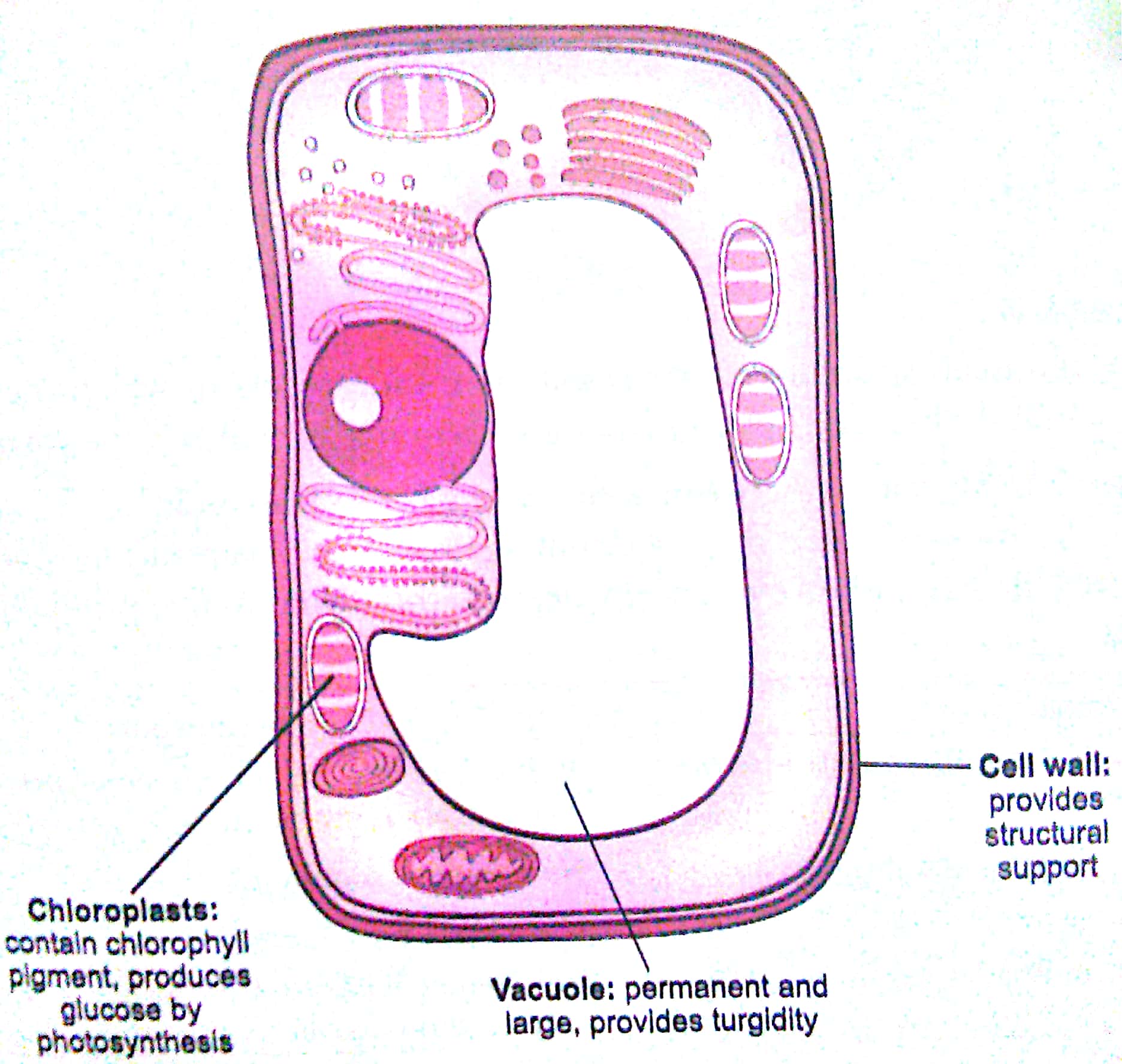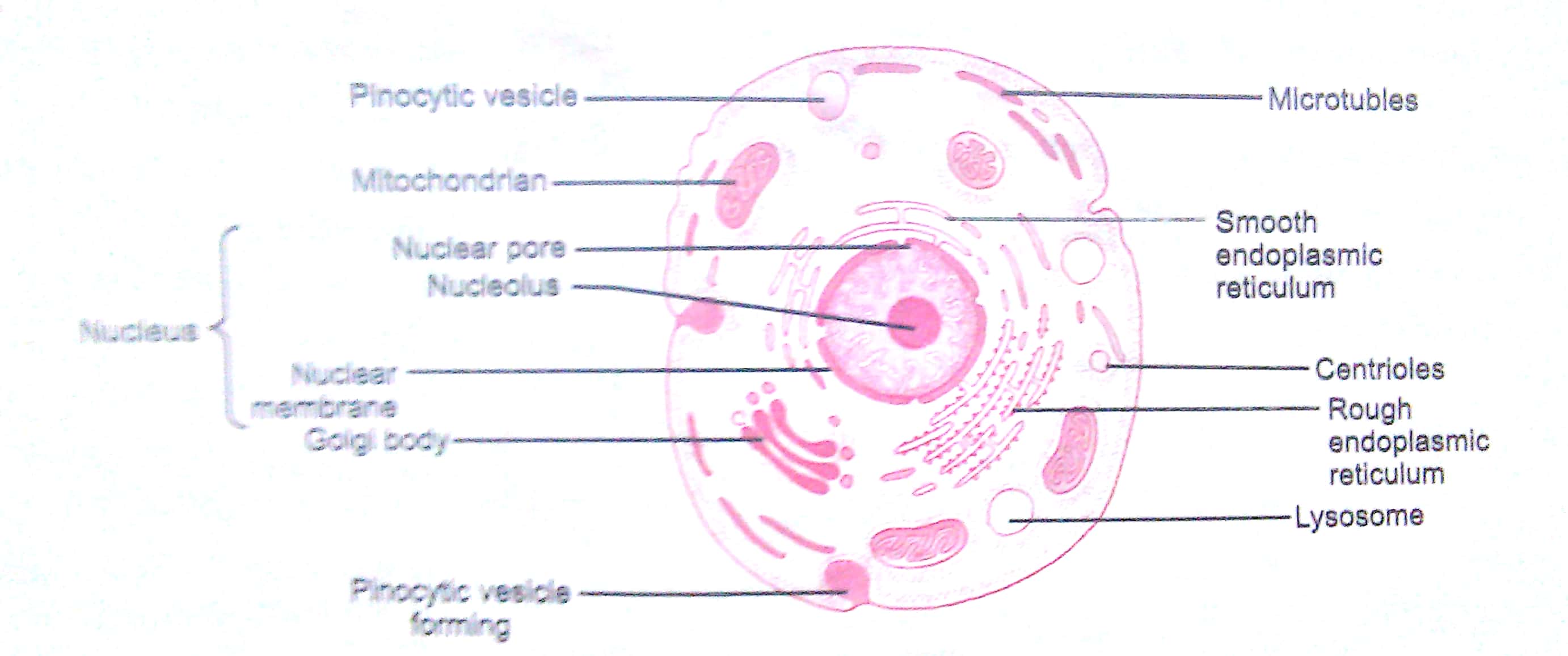Short Answer Questions - II - 3 Marks
Q. 1. Differentiate between diffusion and osmosis.
Ans.
|
Diffusion |
Osmosis |
|
1. It occurs in any medium. 2. Diffusing molecules may be solid, liquid or gaseous solutes. 3. Semipermeable membrane is not required. |
1. It occurs in liquid medium only. 2. It involves movement of solvent molecules only. 3. Semipermeable membrane is required. |
Q. 2. Differentiate between rough and smooth endoplasmic reticulum. How is endoplasmic reticulum important for membrane biogenesis?
Ans.
|
Rough endoplasmic reticulum |
Smooth endoplasmic reticulum |
|
1. They have ribosomes attached on their surfaces. 2. RER manufactures proteins and transports them to various places. |
1. They do not have ribosomes attached on their surfaces. 2. SER helps in manufacturing lipids and transports them to various places. |
Endoplasmic reticulum act as main site for synthesis of protein and lipids which are needed for the biogenesis of plasma membrane.
Q. 3. What is membrane biogenesis? How is plasma membrane formed during this process?
Ans. The process of plasma membrane formation is called membrane biogenesis.
Following organelles are involved in this process:

The proteins and lipids are first synthesised in rough endoplasmic reticulum and the smooth endoplasmic reticulum, respectively. These are then transported to the Golgi complex for their modification. After modification, these are transported to the cell surface through vesicles which bud off from Golgi complex to fuse with cell membrane and form a part of the membrane.
Q 4. Write the name of different plant parts in which chromoplast, chloroplast and leucoplast are present.
Ans. Chromoplasts are present in flowers, fruits or any other coloured part of the plant (other than green part).
Chloroplasts are present in leaves and stem of plant (green part).
Leucoplasts are present anywhere in plant as they are colourless and store food.
Q. 5. What is cell division? Give the types of cell division.
Ans. Cell division is a process of formation of two or more daughter cells of its own type from the mother cell. These are similar in structure and function.
Cell division occurs in three ways:
1. Amitosis 2. Mitosis 3. Meiosis
In each case, division of nucleus (Karyokinesis) occurs before the division of cytoplasm (Cytokinesis).
Q. 6. What are the functional differences between a plasma membrane and cell wall?
Ans.
|
Plasma membrane |
Cell wall |
|
1. It holds cellular contents and controls passage of materials in and out of cell. 2. It is semipermeable in nature and allows entry of selected molecules into the cell. 3. It is not elastic. |
1. It gives protection, strength and rigidity to the cell. 2. It is completely permeable in nature. 3. It is elastic and controls the cell's turgidity preventing its bursting. |
Q. 7. What are the functions of nuclear membrane?
Ans. 1. A nuclear envelope separates the environment of nucleus from that of rest of the cell.
2. It protects the genetic material from damage.
3. It facilitates and regulates exchange of materials in and out of the nucleus.
Q. 8. Write a note on Golgi apparatus and the functions it performs.
Ans. Golgi apparatus or Golgi bodies or Golgi complex is composed of membrane-bound fluid-filled vesicles, vacuoles and cisternae. In animal cells they are larger and only one or two in number, while in plants they are smaller and more in number. Also, in plant cells, they are distributed throughout the cytoplasm and are called dictyosomes.
Functions:
1. It is involved in the transport and modification of protein, lipids as well as carbohydrates.
2. It helps in the formation of cell plate during cell division.
3. It is also involved in the formation of cell wall, plasma membrane lysosomes and peroxisomes.
4. The material synthesised near endoplasmic reticulum is packaged and dispatched to various targets and outside the cell through the Golgi apparatus.
Q. 9. How will absence of any one of the cell organelle affect the cell's working?
Ans. Functions of all the organelles are inter-linked to each other and ultimately to the working of the cell. So, if even a single link is missing, the cell ultimately suffers and die. For example, DNA from the nucleus passes the information for protein formation to the ribosomes which send the proteins to Golgi complex and ER for modification and transport.
Q. 10. Draw a neat diagram of plant cell and label any three parts which differentiate it from animal cell.
Ans.

Q. 11. Draw a neat labelled diagram of an animal cell.
Ans.


